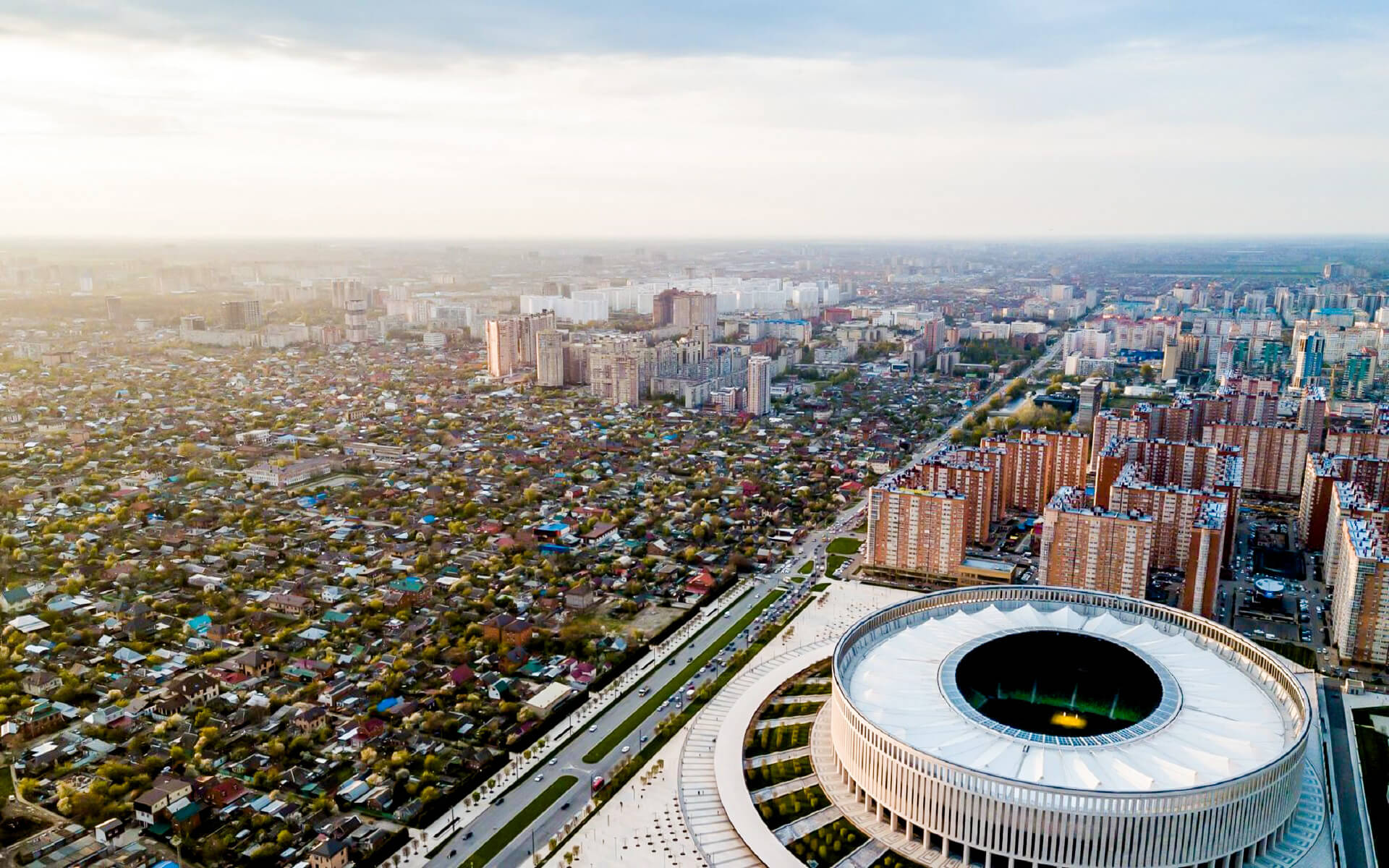The tourism sector is considered the cornerstone of the economy and is an excellent source of jobs, hard currency and economic growth. During 2010, Jordan has been visited more than 8 million tourists. The outcome was revenues from tourism of $3.4 billion, out of which $4.4 billion comprised medical tourists. Most of the tourists who come to Jordan come from European and Arab countries. The tourism sector in Jordan is severely affected by the regional turbulence. The recent impact on the tourism sector was caused by the Arab Spring, which deterred tourists from all over the region. Jordan recorded a 70% decline in the number of tourists between 2010 and 2015.
Jordan is home to approximately 100,000 archaeological and tourist attractions, figures provided by the Ministry of Tourism and Antiquities. Among the well-preserved historic landmarks are Petra and Jerash, which is Jordan’s most popular tourist attraction and an icon of the kingdom. Jordan is part of the Holy Land and has several biblical attractions that attract the activities of pilgrims. These include biblical sites: Al-Maghtas, in which Jesus has been baptized by John the Baptist, Mount Nebo, Umm ar-Rasas, Madaba and Machaerus. The Islamic heritage sites include the shrines of the Prophet Muhammad’s companions including Abd Allah ibn Rawahah, Zayd ibn Harithah and Muadh ibn Jabal. Ajlun Chateau, which was built by the Ayyubid Islamic king Saladin in the 12th century A.D. during his war with the Crusaders, is also a popular tourist attraction.
Modern entertainment and recreation in urban areas, mainly in Amman, also attracts tourists. In recent years, the nightlife in Amman, Aqaba and Irbid has developed with an increasing number of bars, discos and nightclubs. However, most nightclubs have a limit of unaccompanied men. Alcohol is common in tourist restaurants, liquor stores, and even some supermarkets. Valleys such as Wadi Mujib and hiking trails in different parts of the country attract adventurers. In addition, seaside recreation is available at several international resorts on the shores of Aqaba and the Dead Sea.
Since the 1970s, Jordan became a leading medical tourist destination in the Middle East. A study conducted by the Jordanian Association of Private Hospitals revealed that 250,000 patients from 102 countries were treated in Jordan in 2010, compared to 190,000 in 2007, representing a turnover of more than one billion dollars. According to the World Bank, Jordan is the leading medical tourism destination in the region and the fifth largest in the world. The majority of patients come from Yemen, Libya and Syria due to the ongoing civil war in these countries. Jordanian doctors and medical staff have gained experience in treating war patients after years of receiving such cases from various conflict zones in the region. Jordan is also a hub for natural treatments in the Ma’in Hot Springs and the Dead Sea. The Dead Sea is often referred to as a “natural spa”. It contains 10 times more salt than the average ocean, making it impossible to submerge. The high concentration of salt in the Dead Sea has proven to be therapeutic for many skin diseases. The uniqueness of this lake attracts many Jordanian and foreign vacationers, which has stimulated investment in the region’s hotel sector.


